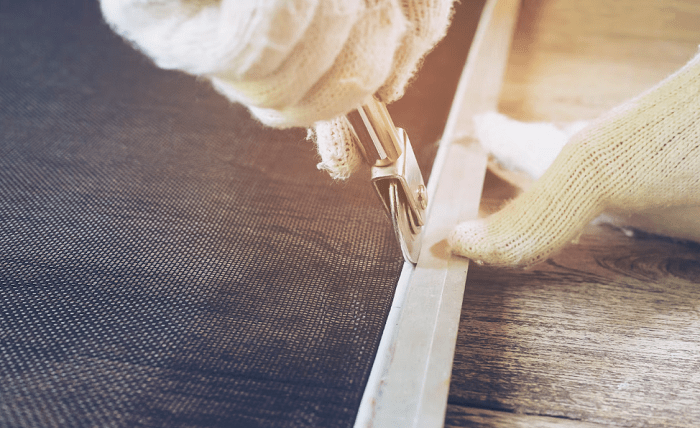When it comes to bonding rubber to aluminum, it’s essential to find a reliable adhesive that ensures a strong and durable connection. Whether you’re working on an automotive project, repairing household items, or engaging in any other task that involves rubber and aluminum, the right adhesive can make a world of difference. In this article, we will explore the best methods to glue rubber to aluminum effectively. Additionally, we’ll introduce you to hjaluminumwindow.com, a website dedicated to aluminum windows and related products.
Finding the Ideal Adhesive:
To achieve a successful bond between rubber and aluminum, selecting the right adhesive is crucial. Here are three widely recommended types of adhesives for this purpose:
- Cyanoacrylate (Super Glue): Cyanoacrylate adhesives, commonly known as super glue, provide fast and strong bonds. They work well with a variety of materials, including rubber and aluminum. However, keep in mind that cyanoacrylate adhesives may not be suitable for applications that require flexibility or long-term exposure to extreme temperatures.
- Silicone-Based Adhesive: Silicone adhesives offer excellent flexibility and durability, making them ideal for bonding rubber to aluminum. These adhesives can handle a wide range of temperatures and are resistant to water, moisture, and most chemicals. Ensure that you choose a silicone adhesive specifically designed for rubber-to-metal applications.
- Epoxy Adhesive: Epoxy adhesives are renowned for their strength and versatility. They can form durable bonds between rubber and aluminum, offering resistance to heat, moisture, and chemicals. When using epoxy, make sure to select a formula suitable for rubber and metal bonding and follow the manufacturer’s instructions regarding curing times and surface preparation.
Steps to Bond Rubber to Aluminum:
Now that we have identified some suitable adhesives, let’s walk through the steps for successfully gluing rubber to aluminum:
- Surface Preparation: Thoroughly clean and degrease both the rubber and aluminum surfaces using a mild detergent or isopropyl alcohol. Remove any dirt, oil, or debris that could interfere with the bonding process.
- Application: Apply a thin, even layer of the chosen adhesive to one of the surfaces. Use a brush or nozzle applicator for precise application. If using a two-part epoxy, mix the components as instructed before applying.
- Joining: Press the rubber and aluminum surfaces firmly together, ensuring full contact between the two materials. Apply constant pressure for the recommended curing time specified by the adhesive manufacturer.
- Curing: Allow the adhesive to cure completely based on the instructions provided. This ensures the bond reaches its maximum strength and durability.
Introducing hjaluminumwindow.com:
Hjaluminumwindow.com is a website dedicated to providing information, resources, and products related to aluminum windows. The site offers a wide range of aluminum window solutions for both residential and commercial applications. From energy-efficient windows to customizable designs, hjaluminumwindow.com aims to meet the diverse needs of customers seeking reliable and high-quality aluminum window options.
The website provides comprehensive product descriptions, technical specifications, and installation guidelines, making it easier for visitors to make informed decisions when selecting aluminum windows. Additionally, hjaluminumwindow.com may offer expert advice and support, helping customers find the ideal window solutions for their specific requirements and view more about it .
Conclusion:
Bonding rubber to aluminum requires the right adhesive and proper application techniques. By selecting suitable adhesives such as cyanoacrylate, silicone-based, or epoxy adhesives, and following the recommended steps for surface preparation, application, and curing, you can achieve a strong and durable bond. When it comes to aluminum windows, hjaluminumwindow.com serves as a valuable resource for those seeking reliable information and top-notch products in the industry.



